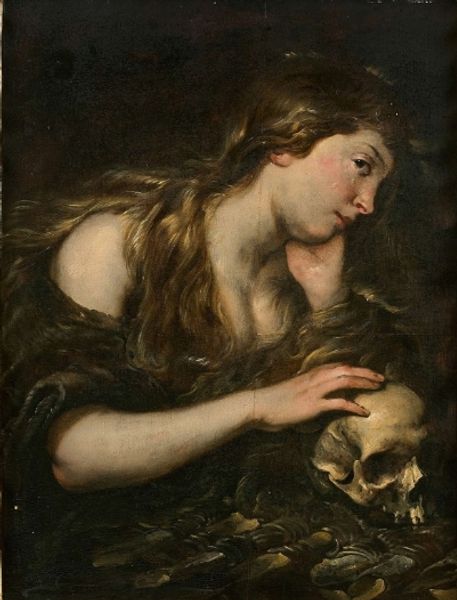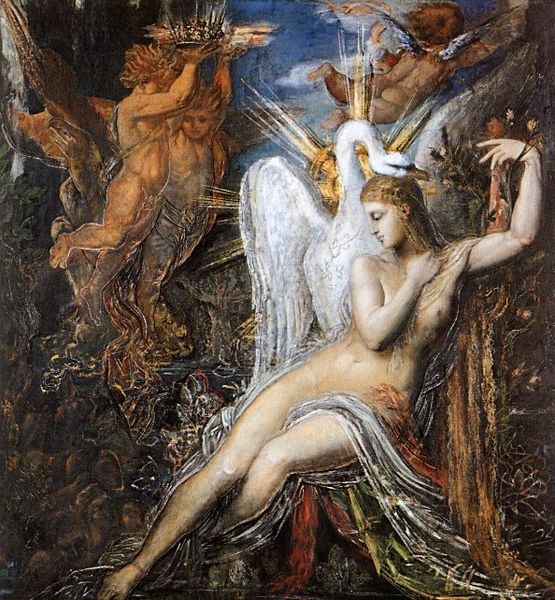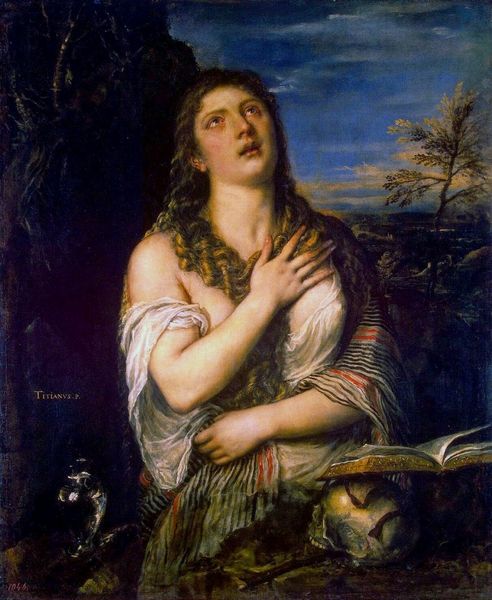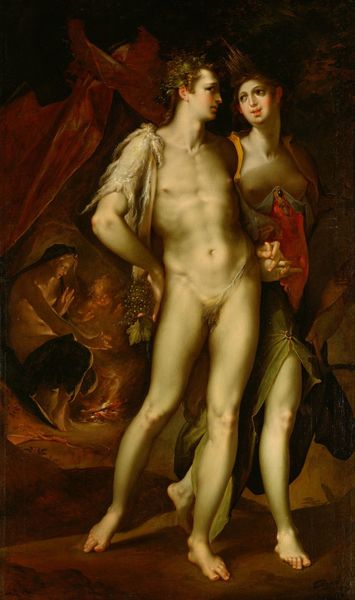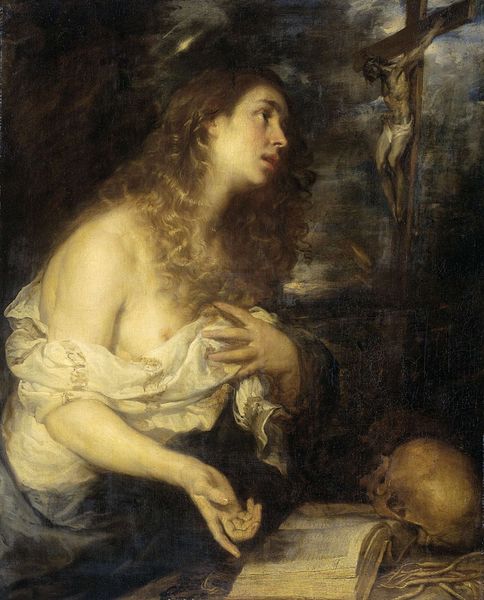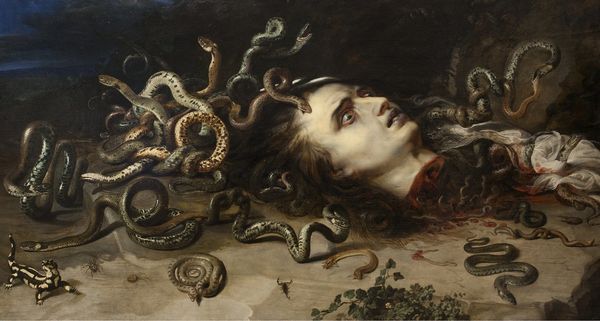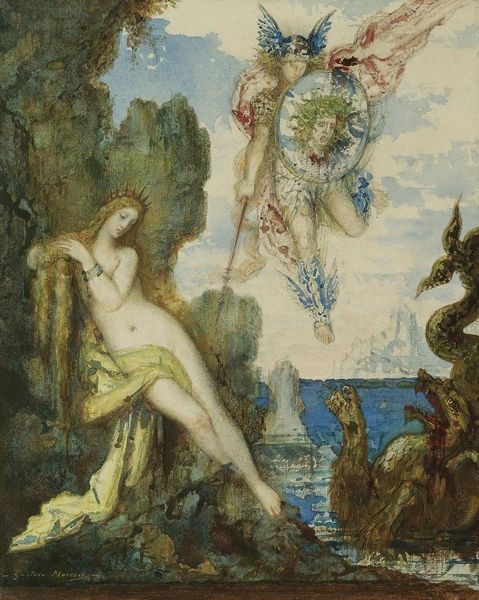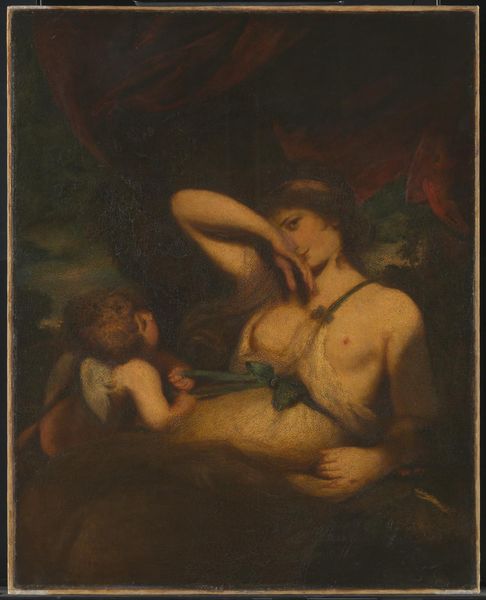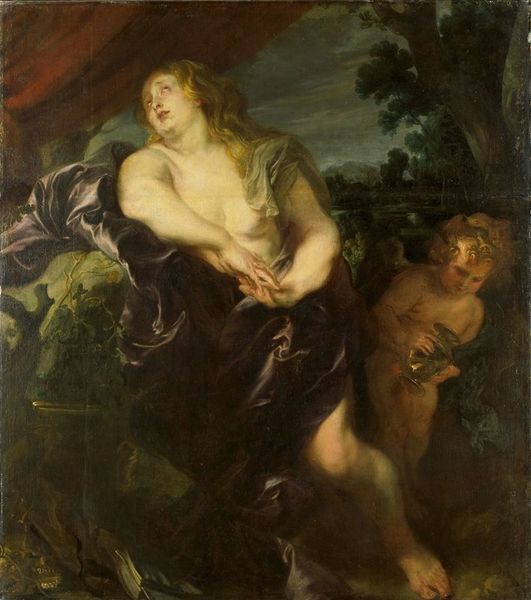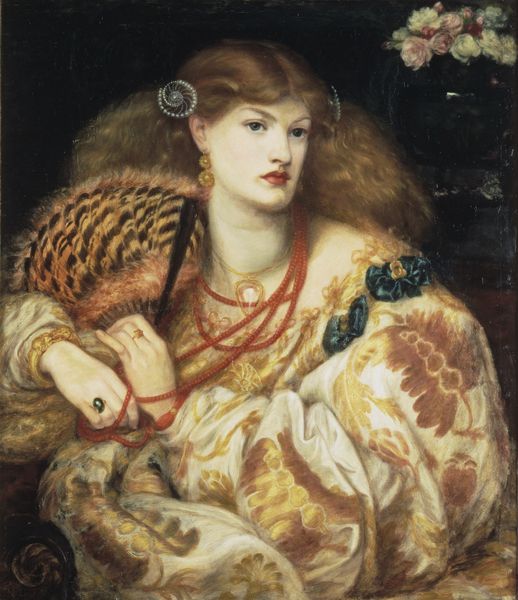
Copyright: Public Domain: Artvee
Jacopo Tintoretto's Penitent Magdalene offers us a glimpse into 16th-century Venice and its complex relationship with spirituality and social norms. The painting portrays Mary Magdalene, a biblical figure often associated with repentance, in a state of emotional reflection. Note the skull, the crucifix, and the open book, common symbols in the visual vocabulary of the time denoting mortality and spiritual awakening. But consider also the cultural and institutional context. Venice, a hub of trade and cultural exchange, was also deeply religious. Paintings such as this, often commissioned by wealthy patrons or religious orders, served not only as devotional aids but also as affirmations of social values. As art historians, we look to documents, sermons, and other cultural artifacts to understand the meanings that viewers at the time would have found. By exploring these resources, we can better understand how the image creates meaning through visual codes, cultural references, and historical associations.
Comments
No comments
Be the first to comment and join the conversation on the ultimate creative platform.

